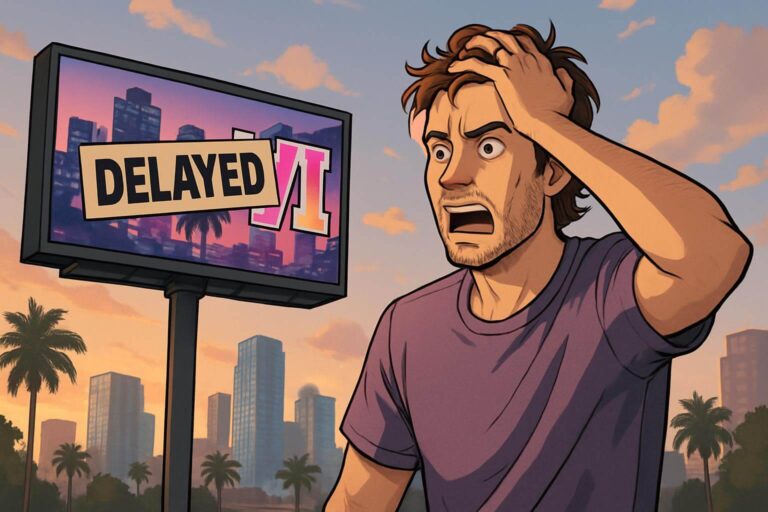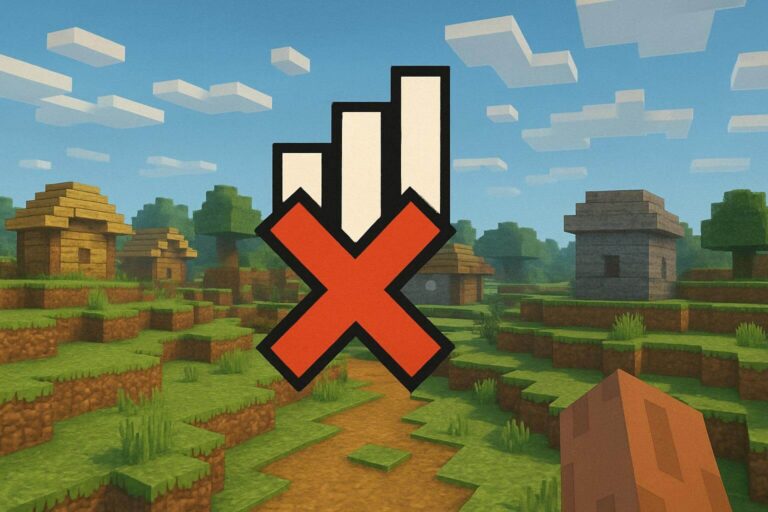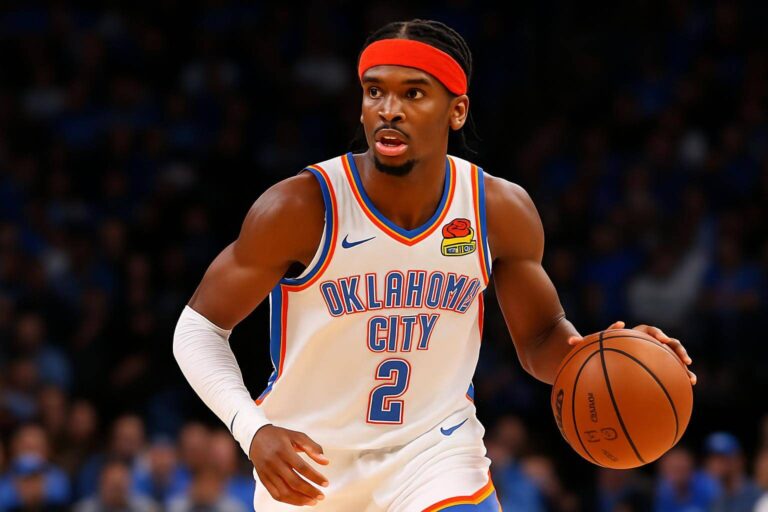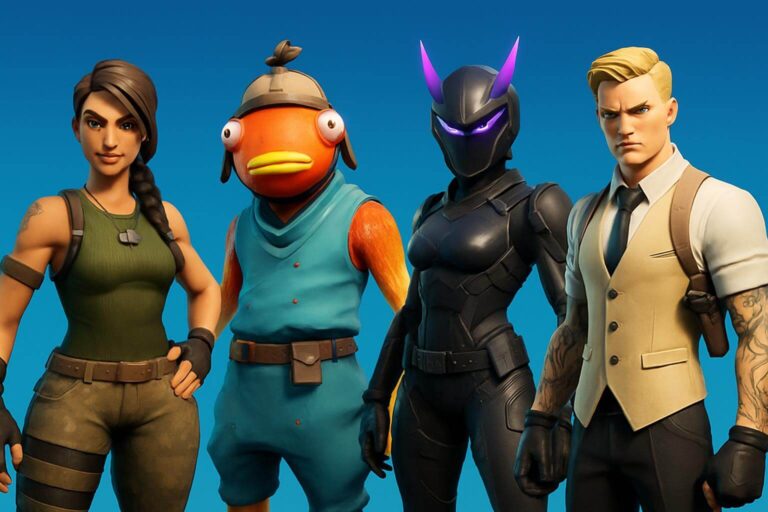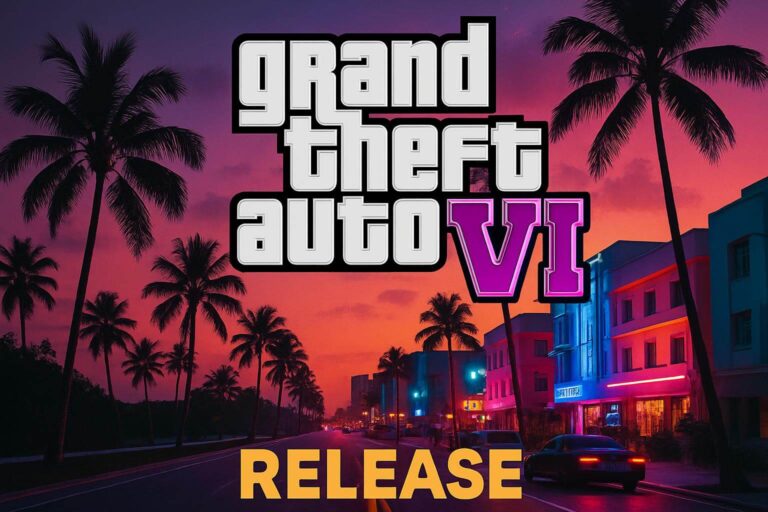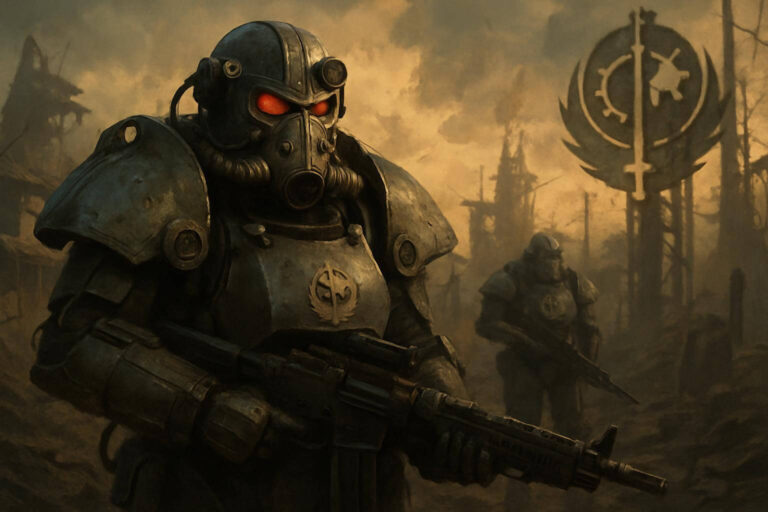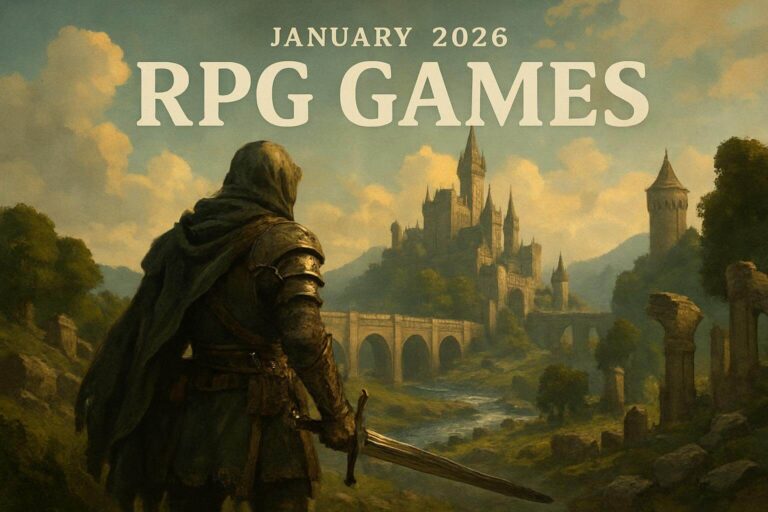
A New Wave: Generative Video and Creative AI
AI is no longer just about data and code. It now creates. It draws, writes, speaks, and even makes films. This shift is massive. The stars of this wave are generative video tools and creative AI systems. They don’t just assist—they build from scratch.
With a short prompt like “a robot in a snowy forest,” AI can create a full video. No cameras or actors. No editing crew. It feels like magic, but it’s real and evolving fast. What used to take studios weeks now takes minutes. That’s the twist—technology has gone from passive tool to creative partner.
This new world blurs lines. Is it art if a machine makes it? Who owns a video made by AI? The answers aren’t simple. But one thing is clear: creativity has entered a new phase.
How Generative Video and Creative AI Work
Generative video uses AI models trained on millions of video clips. These systems learn patterns in light, motion, colour, and storytelling. When you give a prompt, the AI generates a video frame-by-frame, understanding motion and mood.
Some tools can add animation to still images. Others build whole scenes from text. They even sync lips to AI-generated voices. You can describe a scene, and in minutes, see it play out like a short film.
Creative AI goes beyond video. It writes scripts, makes music, draws concept art, and builds 3D models. A single creator can now do the work of an entire studio. Musicians use AI to compose songs. Writers build worlds with a click. Game devs sketch new levels in seconds.
These systems don’t just mimic—they create fresh, unique content. The results may not be perfect, but they are fast, cheap, and constantly improving. That’s why more creators are turning to AI as their co-pilot.
The Power of Creative AI in Storytelling
Stories shape how we see the world. With creative AI, anyone can become a storyteller. No budget or problems. No team? You don’t need one. AI gives you tools to create characters, worlds, and soundtracks.
This has sparked a rise in short films made entirely by solo creators using AI. Animators now use generative video to storyboard ideas in real time. Writers get AI to draft dialogue and scene descriptions. The process feels like collaboration, not automation.
In games, this power is even more clear. AI now designs quests, builds characters, and writes dynamic conversations. It saves time, but also unlocks new ideas. You can test 10 variations of a scene before choosing the best.
The twist? AI doesn’t replace human imagination—it supercharges it. It gives artists more time to focus on what matters: emotion, theme, and voice.
Risks, Rewards, and the Road Ahead
Of course, this revolution has a dark side. Generative video can create fake footage. AI can copy styles without permission. There’s fear it will replace jobs in art, music, and media. These are real concerns, not just headlines.
But the rewards are just as real. Small creators now compete with big studios. Students can make pro-level films for school. Startups can market with movie-quality ads. AI unlocks doors that used to stay closed.
Regulations and ethics must catch up. We need clear rules on ownership, fairness and also need tools to spot fake content. We also need to support human creators as AI changes the creative economy.
Still, the core message is this: AI is not here to erase creativity. It’s here to help it evolve. Those who learn how to use it, rather than fear it, will lead the next chapter in art, film, and design.
Generative video and creative AI are not trends. They are transformations. They change how we tell stories, make art, and build experiences. This shift isn’t about replacing people—it’s about expanding possibilities. The tools are here. The future is being generated. One prompt at a time.
